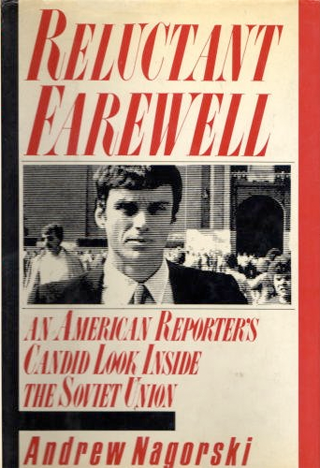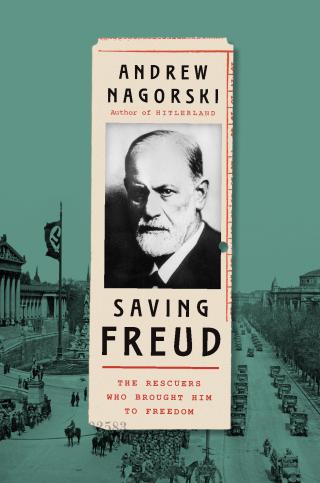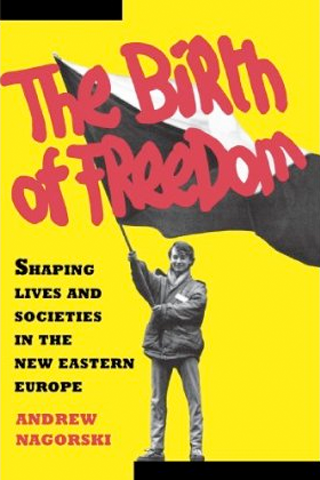Sigmund Freud resisted pleas that he flee, when the Nazis annexed Austria in March 1938. He claimed he was too old and weak - cancer of his jaw had taken its toll. He changed his mind a few days later, after Nazi officials searched his home and his publishing firm, both in Berggasse, confiscating ‘improperly earned’ cash and seizing supposedly incriminating documents. To which country should Freud flee? Many psychoanalysts were Jewish and had already left Europe, mostly for America.
Freud had visited the United States in 1909, to give a series of lectures, and had absolutely no wish to return. That left, as the most likely candidate country, the United Kingdom, where Freud, an anglophile for many years, already had family. By that late date, of course, His Majesty’s Government was trying to shut the gates.
With huge Viennese crowds cheering the victorious Führer as he addressed them, the Welsh physician Ernest Jones rushed to the Austrian capital to urge Freud to come to London. He had first met Freud in 1903 and had become his leading advocate in the English speaking world. As there was no direct flight to Vienna that day, Jones flew to Prague, from where he chartered a monoplane to complete his journey. Freud offered some resistance: he was convinced the British authorities would not let him bypass the immigration restrictions. He would, however, make the move, if it could be arranged.
Somehow, Jones had to persuade the home secretary, Sir Samuel Hoare, to allow the Freuds to settle in Britain. Back in Britain, Jones thought it unwise to approach Hoare directly, though they belonged to the same skating society. Instead, he asked his brother-in-law, a fellow of the Royal Society of Medicine (it had elected Freud as an honorary fellow), to introduce him to the physicist Sir William Bragg, the society’s president. Bragg gave Jones a letter of introduction to Hoare. And the home secretary, as Jones put it, ‘without any hesitation … gave me carte blanche to fill in permits, including permission to work, for Freud, his family, servants, his personal doctors, and a certain number of his pupils with their families’ - a total of eighteen adults and six children.
But the Freud family also needed permission to leave Vienna. The Nazis had appointed Anton Sauerwald, an official, as the family’s ‘trustee’; he was tasked with examining the family’s belongings, with a view to expropriating their assets. Sauerwald found that the Freuds’ financial arrangements infringed the new Nazi rules, enough evidence to block their emigration. Instead of handing in the incriminating documents, he locked them away and told his Nazi superiors they could give the family the green light to exit Austria. Behind Sauerwald’s benevolent attitude may have been the fact that he had studied chemistry at the University of Vienna under a Jewish professor who was friendly with Freud. By June that year, Freud was settling down in north London. The family’s pet chow had inevitably been quarantined on arrival at Dover. Freud’s four older sisters stayed behind, and perished.
Jones and Sauerwald are two of the colourful personalities of the ‘rescue squad’ that saved Freud. Andrew Nagorski details their concerted efforts in his limpid overview of Freud’s life and achievements. Others involved were Freud’s devoted unmarried daughter Anna; her close companion, the American Tiffany jewellery heiress Dorothy Burlingham, who lived two floors above the Freuds - she acted as a go-between with American diplomats in Vienna; Max Schur, Freud’s devoted personal physician since 1929; the American ambassador in Paris, William Bullitt - he had become Freud’s patient in 1926, when his marriage was on the rocks; and Marie Bonaparte, a great-grandniece of the French emperor, and wife of Prince George of Greece and Denmark - she had sought Freud’s help in 1925 for her ‘frigidity’.








